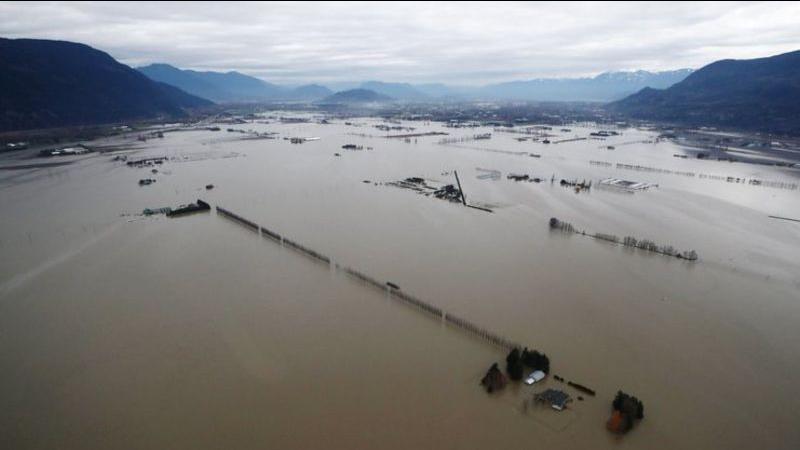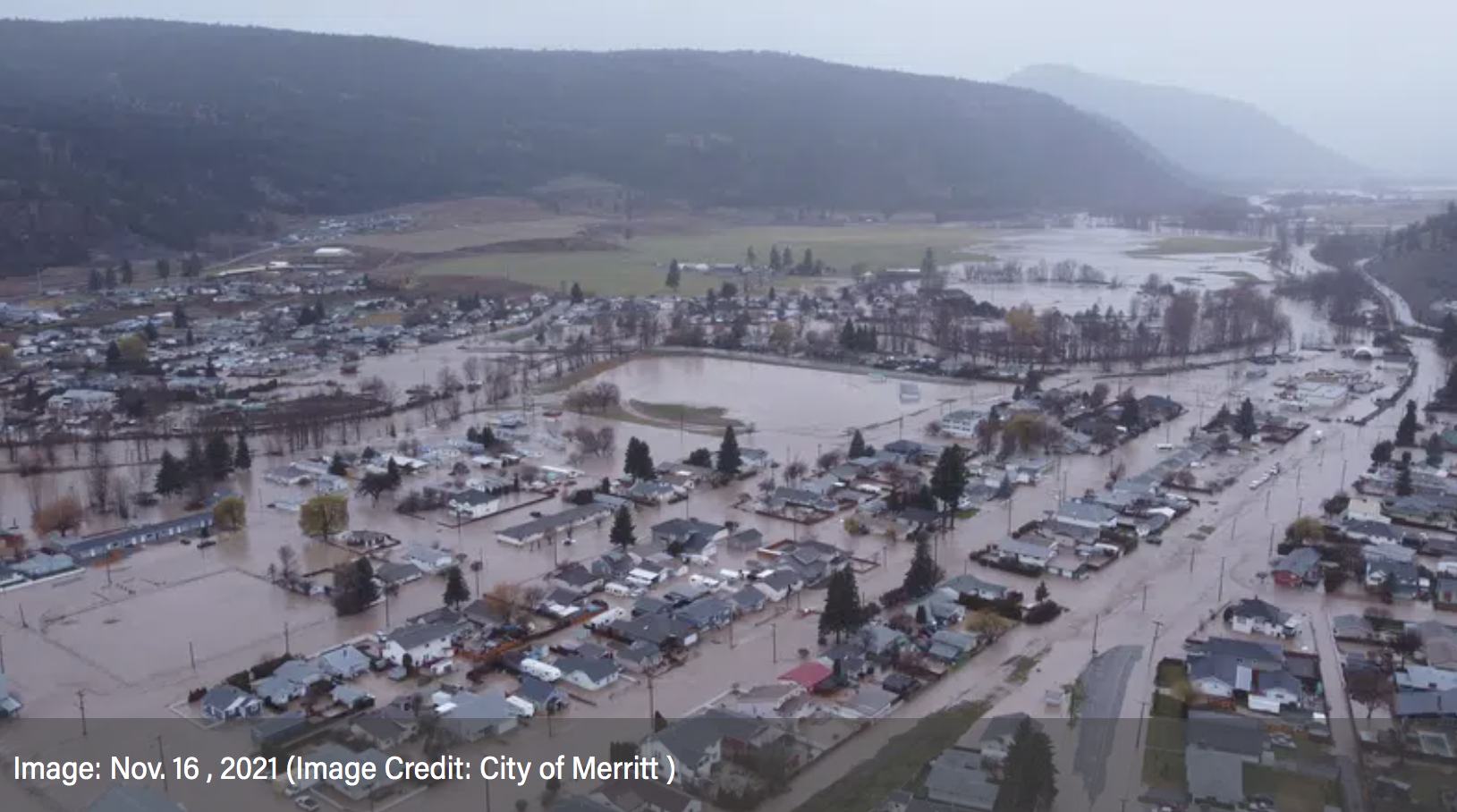
Premier Eby joins B.C. mayors in fight to secure federal funding after 2021 floods
ABBOTSFORD — Premier David Eby has authored a letter to Prime Minister Justin Trudeau that urges the Liberal government to begin ‘immediate engagement’ regarding the recent denial of Disaster Mitigation and Adaptation Funding (DMAF) for the communities of Abbotsford, Merritt and Princeton.
In early June, these same three cities in British Columbia who were heavily impacted by the atmospheric flooding events of 2021 implored the federal Liberal government to wise up after all three did not meet the criteria for funding through the federal Disaster Mitigation and Adaptation Fund (DMAF).
“Canada has a history of funding essential large-scale disaster risk reduction projects directly with communities through the Disaster Mitigation and Adaptation Fund (DMAF),” reads the letter from Eby, obtained by CFJC Today in Kamloops. “Many small communities do not otherwise have the resources to complete these large-scale projects on their own.”
“To safeguard British Columbians from the ongoing threat of future catastrophic flooding, we need immediate engagement from Canada on the recent DMAF denials for Abbotsford, Merritt and Princeton to address this funding gap. We also seek federal engagement at existing tables with B.C., Washington State, First Nations, and local government that are working on this important issue,” continued the letter.

